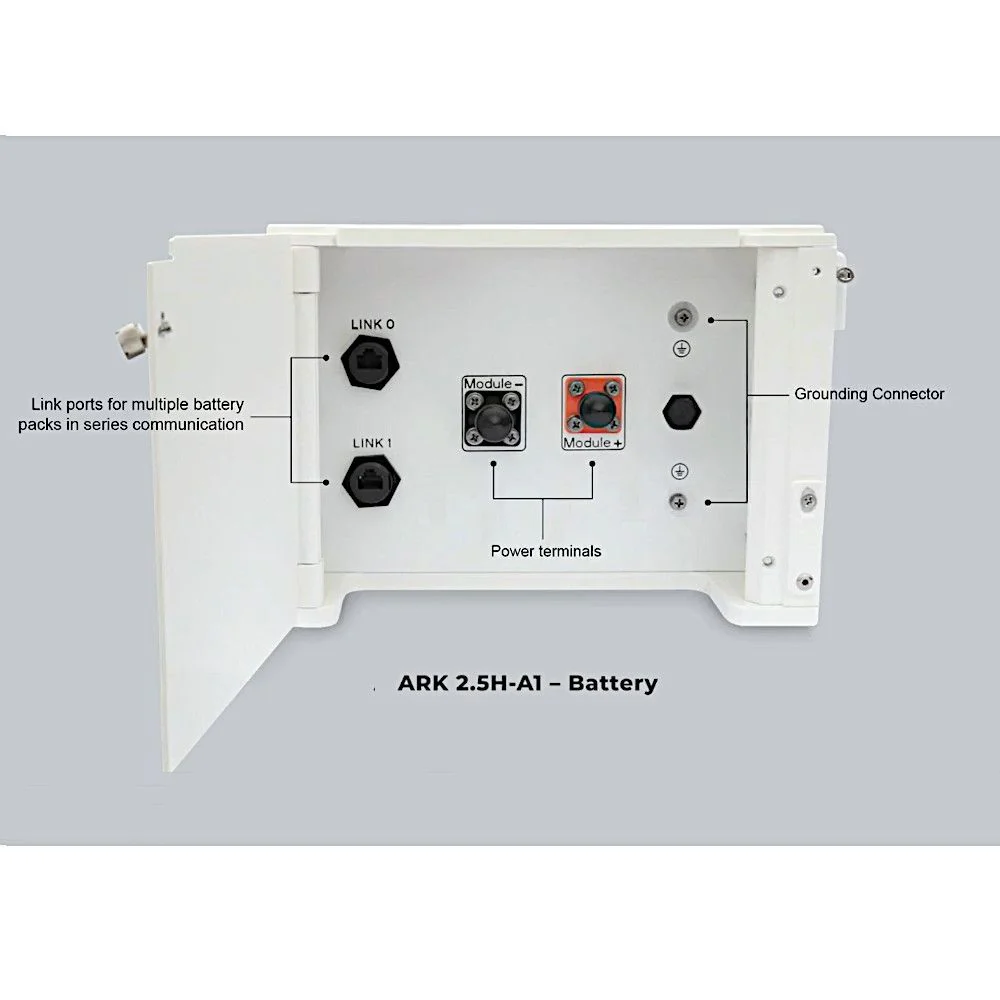The Hidden Cost of Confusion: Understanding 15s vs. 16s LFP Solar Batteries
Solar batteries are a significant investment in your renewable energy system. Unfortunately, navigating the market can be confusing, especially when brands prioritize marketing buzzwords over clear technical information. One such example is the use of the term “high voltage” for both 15s and 16s Lithium Iron Phosphate (LFP) batteries.
Here’s why the distinction between 15s and 16s LFP batteries matters:
- Voltage Configuration: An LFP battery cell typically has a nominal voltage of 3.2 volts. The “s” in 15s and 16s refers to the series configuration, meaning how many cells are connected in a string. A 15s battery connects 15 cells in series, resulting in a nominal voltage of around 48 volts (15 x 3.2 volts), while a 16s battery has 16 cells, bringing the nominal voltage to 51.2 volts.
- Misleading Marketing: The term “high voltage” can be applied to both 15s and 16s configurations. However, some manufacturers, particularly in the American market, traditionally use 15s LFP batteries for 48-volt systems. This means a 16s battery, while technically “higher voltage,” is actually more aligned with the standard voltage for these systems. This creates confusion and can lead to a perception that a 15s battery is somehow inferior, even though it may technically meet the system requirements.
- Brand Lock-In: Some manufacturers might advertise a 16s battery as incompatible with certain inverters designed for 15s configurations. However, in most cases, these inverters can be adjusted to work with either configuration. This tactic creates a situation where you might feel pressured to buy the manufacturer’s specific battery to avoid compatibility issues, even though other brands with 15s configurations might be just as effective and potentially more affordable.
Samsung Battery Inverters and Voltage:
- Samsung inverters might use a different voltage system. It’s crucial to confirm the specific voltage requirements of your Samsung inverter before selecting a battery. Samsung may have their own compatible battery options, but explore other brands as well, focusing on matching the voltage needs.
The Bottom Line:
Focus on the technical specifications, particularly the nominal voltage and compatibility with your inverter, rather than just marketing terms like “high voltage.” Research different brands and configurations to ensure you’re getting the best value for your solar battery investment. Don’t be afraid to ask questions and clarify any doubts you have about compatibility before making a purchase.
we cannot list every inverter and the suitability of the packs, so you would have to ask before you buy from us to make sure it is the right battery.
Unveiling the Mystery: Voltage, Battery Chemistry, and Home Safety
While voltage plays a crucial role in solar battery selection, it doesn’t directly reveal the underlying battery chemistry. Here’s a breakdown of the two main types and their voltage considerations:
- Lithium Iron Phosphate (LFP): These batteries typically operate in a voltage range of 48V (15s configuration) or 51.2V (16s configuration). LFP is known for its exceptional stability, making them a popular choice for home applications due to their inherent safety features. Even if a malfunction occurs, LFP batteries are less likely to experience thermal runaway, a dangerous condition where the battery rapidly heats up and potentially explodes.
- Lithium Nickel Manganese Cobalt (NMC) and Other Lithium-ion Chemistries: These offer higher energy density, allowing for smaller battery sizes for the same capacity compared to LFP. However, their voltage range can also fall within the 48V-51.2V range commonly seen in LFP batteries.
The downside of NMC and some other lithium-ion chemistries is their inherent instability. While generally safe in controlled environments, they are more susceptible to thermal runaway compared to LFP. This raises safety concerns for home use, particularly in situations where temperature fluctuations or potential damage could occur.
Negative Aspects of NMC (or Other Lithium-ion) Batteries in the Home:
While NMC batteries offer advantages in size and potentially cost, the safety concerns for home applications are significant:
- Thermal Runaway Risk: As mentioned earlier, NMC batteries are more prone to thermal runaway, which can lead to fires and property damage. This risk is particularly concerning in a home environment where potential misuse or accidental damage is more likely.
- Environmental Impact: The extraction of certain materials used in NMC batteries can have negative environmental consequences. LFP batteries generally use more sustainable materials, making them a more eco-friendly choice.
- Degradation: NMC batteries tend to degrade faster than LFP batteries, especially when exposed to high temperatures. This translates to a shorter lifespan and potentially higher replacement costs over time.
Choosing the Right Battery Chemistry for Your Home:
For most homeowners, the enhanced safety and stability of LFP batteries outweigh the potential benefits of NMC batteries. While NMC might offer a smaller footprint or lower upfront cost, the safety concerns and potential for faster degradation make LFP a more responsible and potentially cost-effective choice in the long run. it should be noted that LFP cells have seen a big price drop recently making them a far more cost effective solution in 2024.
The price drop also coincides with NA batteries (sodium). a newer battery technology which production has started to ramp up. we are currently advising to wait on sodium batteries until 2025, but those who cant wait, CATL cells would be the better option.
Our 15Kwh battery is £2200 and largely compatible with all popular inverters, using a 16S (51.6v).

No responses yet